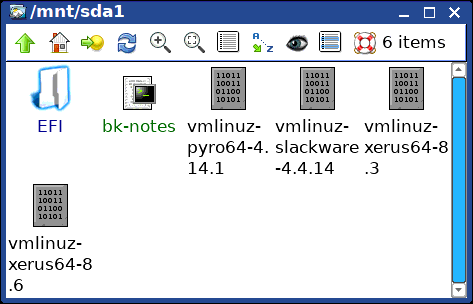


- Refind boot manager youtube install#
- Refind boot manager youtube drivers#
but, cleaning the menu from duplicating boot files are as easy as pressing delete buttons. However, its only recognize efi boots and also it will automatically include kernel which make the os menu duplicate.
Refind boot manager youtube drivers#
Includes EFI drivers for ext2/3fs, ext4fs, ReiserFS, Btrfs, HFS+, NTFS, and ISO-9660 It has a theme support and easy to configure with text-based. Secure Boot support (requires separate shim or PreLoader program). Try before installation via a CD-R or USB flash drive image. Reboot into the firmware setup utility (on some UEFIs). Launch EFI programs such as an EFI shell (available from third parties). Maintenance-free Linux kernel updates - boot-time auto-detection means that no configuration file changes are needed after a kernel update. Directly launch Linux 3.3.0 and later kernels with EFI stub loader support. Auto-detection of available EFI boot loaders. Support for EFI 1.x and UEFI 2.x computers. rEFInd goes beyond rEFIt in that rEFInd better handles systems with many boot loaders, gives better control over the boot loader search process, and allows users to define their boot loader entries. Here is the scenario for this page: The case study is the Authors mid-tower PC, which has Intel i5 CPU, 16GB RAM, 1TB and 4TB rotating-platter hard-drives, and one 500GB SSD. Refind boot manager youtube install#
Like rEFIt, rEFInd can auto-detect your installed EFI boot loaders, and it presents a pretty GUI menu of boot options. This is a tutorial to install EasyOS on a PC with UEFI-firmware, which already has rEFind boot manager installed. The column VBR (Volume Boot Record) refers to the ability of the boot loader to be stored in the first sector of any partition on a mass storage device. REFInd is a fork of the rEFIt boot manager. Note: The column MBR (Master Boot Record) refers to whether or not the boot loader can be stored in the first sector of a mass storage device.






 0 kommentar(er)
0 kommentar(er)
